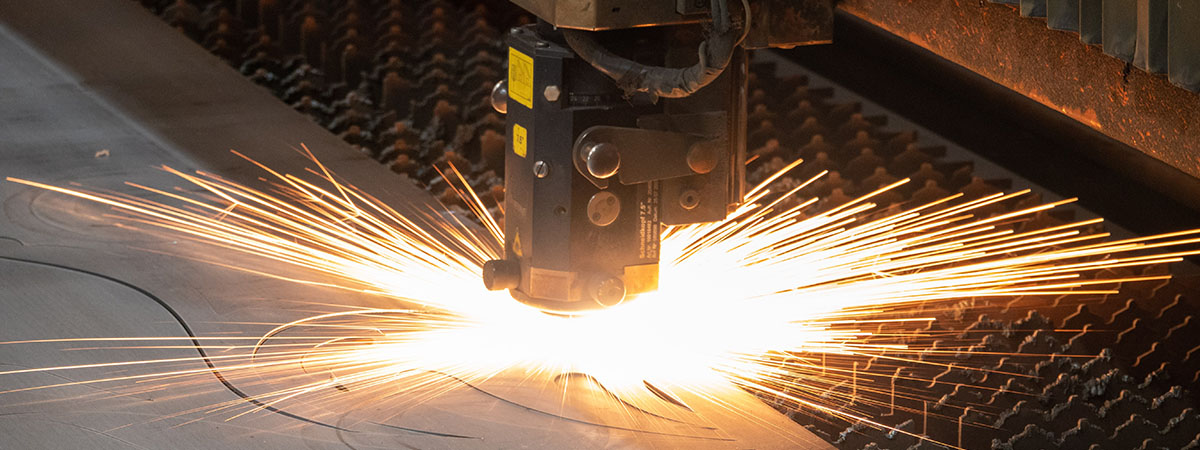
Looking beyond rapid prototyping and end use consumer parts: 3D printing applications in the workshop and factory environment

Critics of additive manufacturing technologies often make comment that they will never be fast enough for large volume mass production of parts. However, the ability to add value in supporting roles can easily be overlooked. Many factories are realising huge benefits from using new technologies to supplement and enhance their existing manufacturing lines. Apart from the obvious benefits of in-house rapid prototyping, additive manufacturing also allows for industrial tooling opportunities that are not possible, or very limited with traditional machining. In this blog, we provide an overview of some the key advantages additive manufacturing provides when used in the tooling and fixtures that are used in secondary and supporting roles.
Customised, Optimised and Rapid Tooling
One of the most accessible and barrier free entries into implement additive technologies in a manufacturing environment is in work holding jigs and fixtures. Managers might consider performing a mini-audit of fixtures, jigs and work holding requirements in their manufacturing operations to identify opportunities where value can be added through 3D printing. Many cost-effective printers are now available that can produce functional engineering plastics with high detail and excellent quality finishes. It is now becoming increasingly common to see these machines appear in workshops around the world. Having the capability onsite means that new jigs and fixtures can be designed and manufactured using a 3D printer which allows for truly custom tools that be realised and commissioned in several hours or days at a very low cost. For those that are unable to commit to purchasing their own equipment, one of the many print service providers that are appearing at a growing rate should be considered.
Cooling and Heat Management
Conformed or conformal cooling can provide drastic improvements in heat management. This type of cooling is where a fluid can run through a tool while conforming or following parts, walls, and geometric features. In applications like injection moulding this can result in reduced cycle times and the ability to produce parts with small geometric features that would often mould too hot to be processed conventionally.
In subtractive applications similar cooling channels can be added to cutting tools such as end mills. Adding customised cooling tailored to a specific cutting tool, such as a spinning mill end can allow for faster feed and spin rates to be achieved. Through this application, we see additive technologies being used in a way that supports and increases the capability and performance of traditional machining.
DMLS and SLM powder-based metal printing are the main additive technologies that are driving change in cooling applications.
Light weighting
Stiffening and adding other structural supports that were not possible traditionally is another area where additive technologies open new opportunities. Adding ribs and support features in locations that are enclosed or hard to reach for traditional machining, combined with reducing part volume and mass can have great impact when applied in the right way. Heavy metal tools can sometimes be swapped out or rebuild using value added parts or consolidated assemblies. With this we can see the difficult part is being able to view the manufacture of this tooling from a different angle to understand how additive manufacturing can best be used to solve your problems.
Reach out to the AM Center to see what insight we can provide on using additive manufacturing in supporting roles in your workshop or factory.
